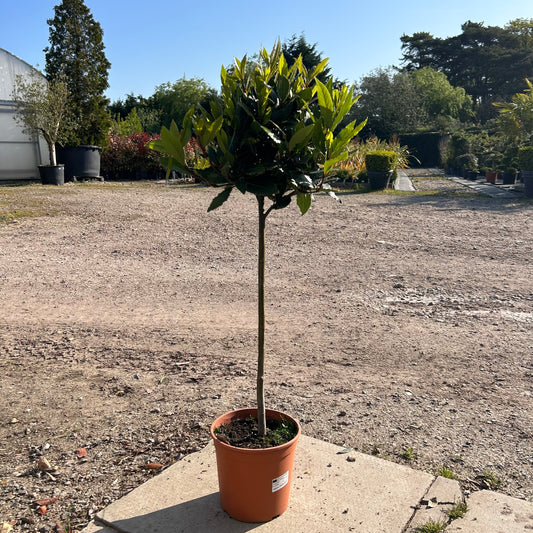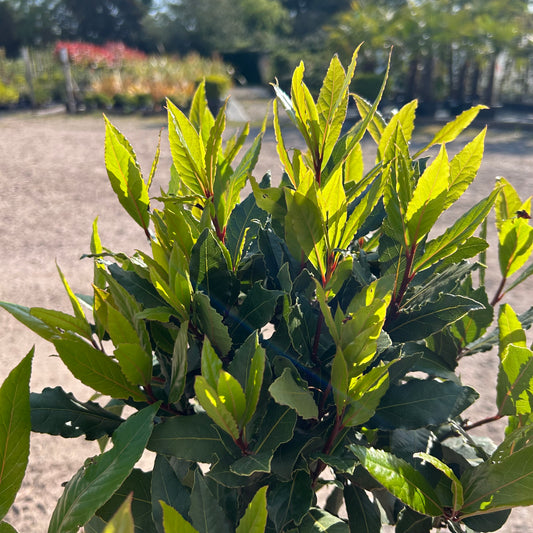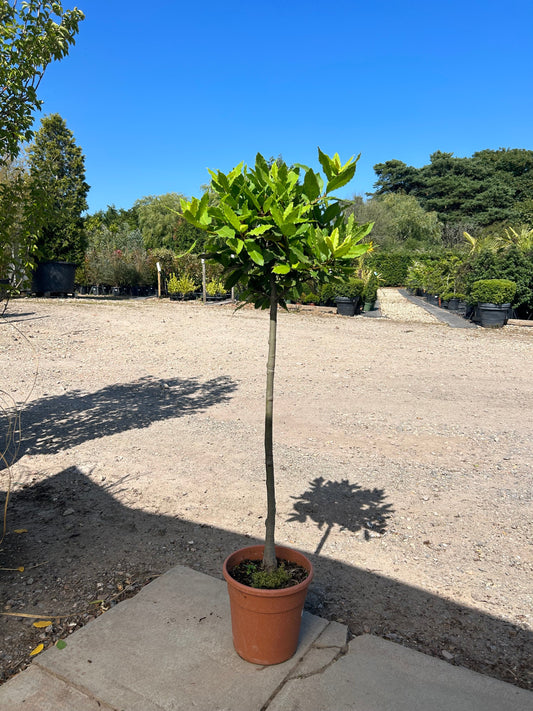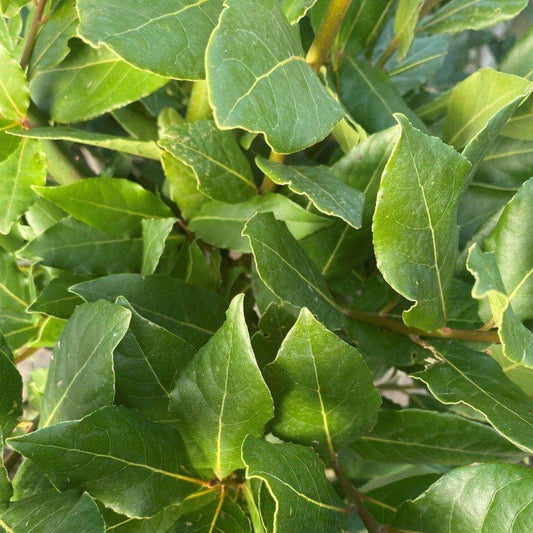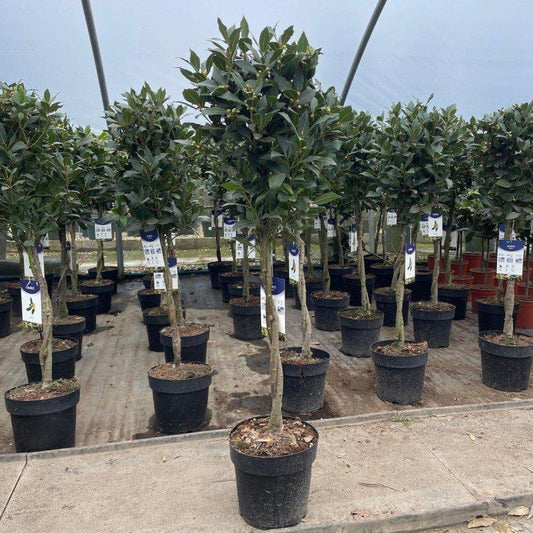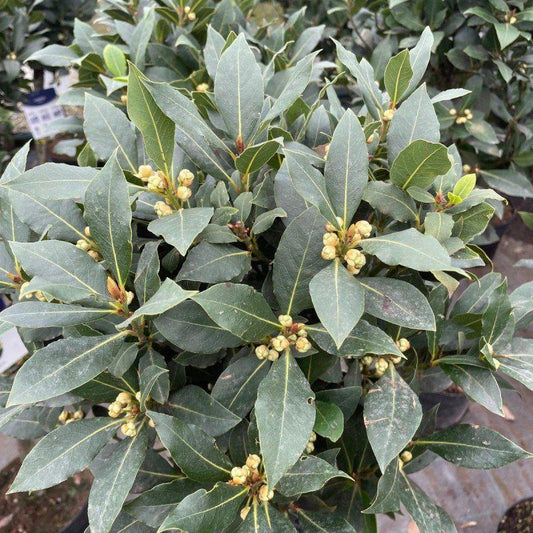Are you considering adding a beautiful fig tree to your UK garden? These Mediterranean plants can thrive in our climate with proper care, providing delicious fruit and a touch of exotic charm to your outdoor space. At Web Garden Centre, we're excited to offer our 100cm Fig Tree, perfect for both novice and experienced UK gardeners. Let's explore everything you need to know about growing fig trees in the UK.
Planting and Care
The best time to plant a fig tree in the UK is late spring to early summer. This gives the tree time to establish before winter. If you're in a particularly cold area, consider planting in a container that can be moved to a sheltered spot during harsh weather.
Fig trees need as much sun as possible, so choose the warmest, sunniest spot in your garden - a south-facing wall is perfect. Maintain consistent moisture during the growing season, but reduce watering in winter when the tree is dormant.
Growth and Fruit Production
In the UK climate, fig trees typically start producing fruit within 2-3 years after planting. They usually grow to about 3-4 metres tall when planted in the ground but can be kept smaller with regular pruning or container growing.
Pruning is best done in spring and can help encourage better fruit production and maintain the tree's shape. It's also crucial for managing the tree's size in smaller UK gardens.
Overcoming UK-Specific Challenges
The biggest challenge for fig trees in the UK is our cold, wet winters. Protect your tree during winter by wrapping the branches in horticultural fleece and covering the root area with straw or bracken. For container-grown trees, move them to a sheltered spot or unheated greenhouse.
Common pests in the UK include birds (who love ripe figs!) and red spider mites. Netting can protect against birds, while maintaining good air circulation helps prevent mite infestations.
Why Choose Our Fig Tree?
Our 100cm Fig Tree is an excellent choice for UK gardens for several reasons:
- It's already well-established and acclimatised to the UK environment.
- At 100cm, it's the perfect size for both garden planting and container growing, ideal for UK patios and small gardens.
- It's been carefully nurtured to ensure healthy growth and fruit production in our climate.
Recommended Fig Varieties for the UK
While our 100cm fig tree is a great choice, some fig varieties that do particularly well in the UK climate include:
- 'Brown Turkey' - A reliable variety that fruits well in the UK
- 'Brunswick' - Known for its hardiness and large fruits
- 'White Marseilles' - Produces sweet, pale fruits and is relatively compact
Frequently Asked Questions about Fig Trees in the UK
1. How often should I water my fig tree?
Water regularly during the growing season, especially if it's in a container. Aim to keep the soil consistently moist but not waterlogged. Reduce watering in autumn and winter.
2. Do fig trees need full sun in the UK?
Yes, fig trees need as much sun as possible in the UK. Place them in the warmest, sunniest spot in your garden, ideally against a south-facing wall.
3. How do I prune a fig tree?
Prune in late winter or early spring before new growth begins. Remove any dead, diseased, or crossing branches. For young trees, pinch out the growing tips to encourage bushiness.
4. Can fig trees grow in containers in the UK?
Absolutely! Container growing is popular for fig trees in the UK. It allows you to move the tree to a sheltered spot in winter and helps restrict root growth, which can encourage better fruiting.
5. How do I protect my fig tree during UK winters?
In colder areas, wrap the branches with horticultural fleece and cover the root area with straw or bracken. For container-grown trees, move them to a sheltered spot or unheated greenhouse.
6. Why isn't my fig tree producing fruit?
Several factors can affect fruit production, including insufficient sunlight, over-fertilisation, excessive pruning, young tree age, or harsh winter damage. Ensure your tree gets plenty of sun, don't over-feed, and protect it during winter to encourage fruiting.
7. How do I propagate fig trees?
Take hardwood cuttings in late autumn or early winter. Choose a healthy stem about 20-30cm long, plant it in a pot with well-draining compost, and keep it in a sheltered, frost-free place until spring.
8. Are all parts of the fig tree edible?
While the fruit is edible, other parts of the fig tree are not recommended for consumption. The sap can cause skin irritation in some people, so wear gloves when pruning.
Ready to start your fig-growing adventure? Visit our product page to bring home your very own 100cm Fig Tree today!
Interested in exploring more fruit trees for your UK garden? Check out our full collection of fruit trees to find the perfect addition to your outdoor space.


